7 Value Factors: Secrets To Pearl Grading Scales

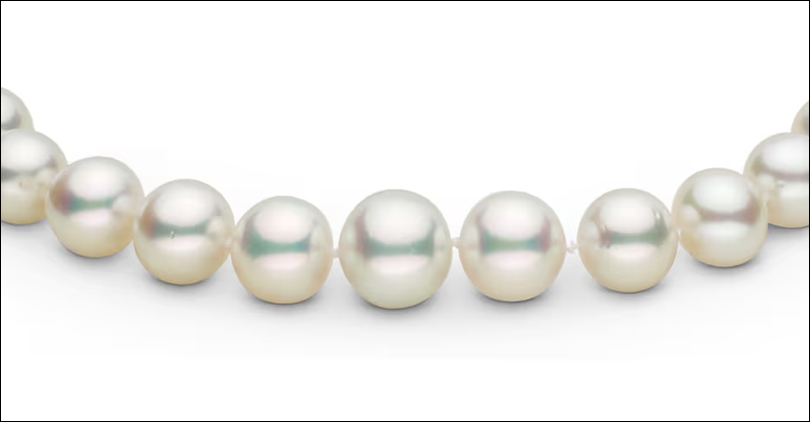
While picking a lovely and mysterious gemstone, various grading systems of pearl companies may confuse any jewelry enthusiast.
Most grading systems use the basic seven-value factor to evaluate quality and determine the pearl's market value. Whether clean, spotted, or chalky, grading classes ensure the pearls are beautiful and durable, which decides the actual value.
Want more clarification on value factors? Scroll through our detailed guide to understand the expected quality when picking your pearl jewelry.
Value Factors of Pearl Grading Scales
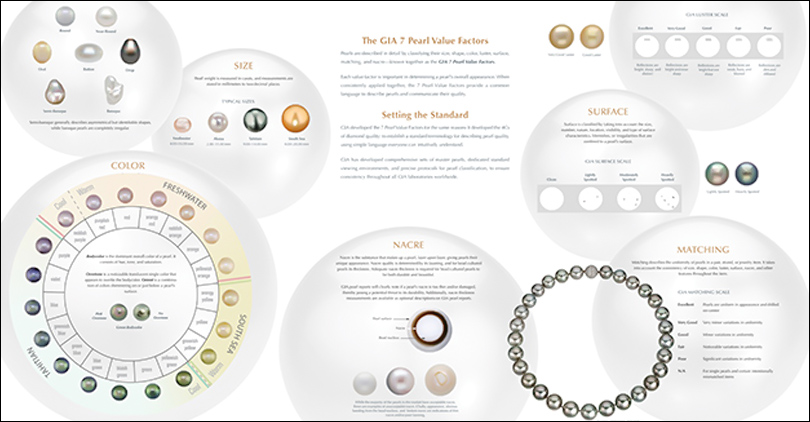
Pearl grading covers seven factors: nacre quality, pearl luster, surface quality, pearl size, shape, overtone, and matching. Let's dig into these value factors in detail.
Nacre Quality
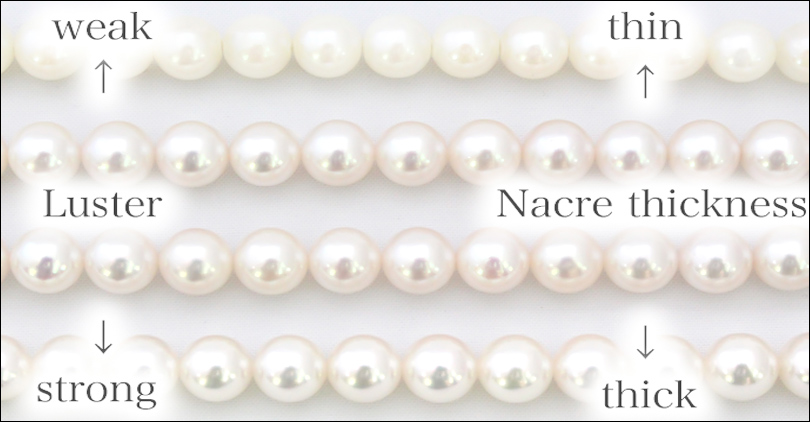
Due to its base character and work as a foundation, pearl nacre quality is the most crucial factor in controlling beauty and grading scale. Even the coating time accumulating visible layers creates the nacre and maintains structural colors.
From the Adda Pearl, fine pearls take 4-6 years to develop a thicker nacre, while the nacre coating of decent pearls only needs a year to form thin layers. Hence, check out the dense, solid, or chalky appearance of the nacre to understand the quality of your pearls.
Pearl Luster
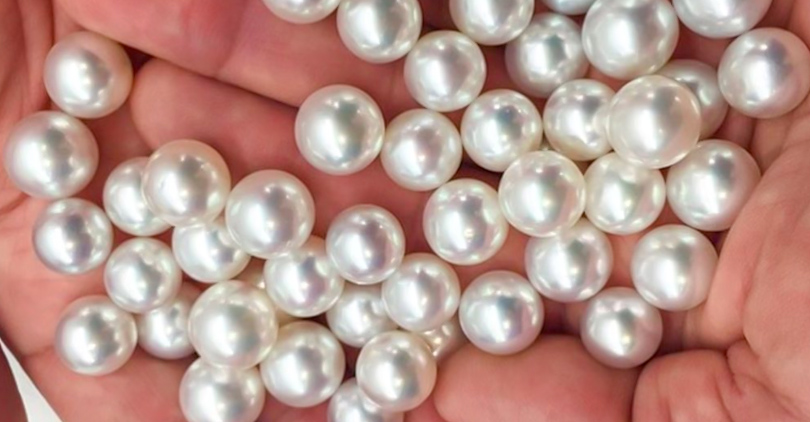
Once light enters the pearl and reflects hundreds of nacre layers, a bright, shiny, and intense luster creates a mirror-like appearance. In short, it’s an expeditious grading feature that any pearl enthusiast can use to judge pearls with the naked eye.
In the pearl industry, the sharpness of an object on the pearl’s surface determines the brightness and shine, deciding the actual value. That's why you should choose pearls with a bright, sharp reflection rather than weak, dull, or blurred ones.
Surface Quality
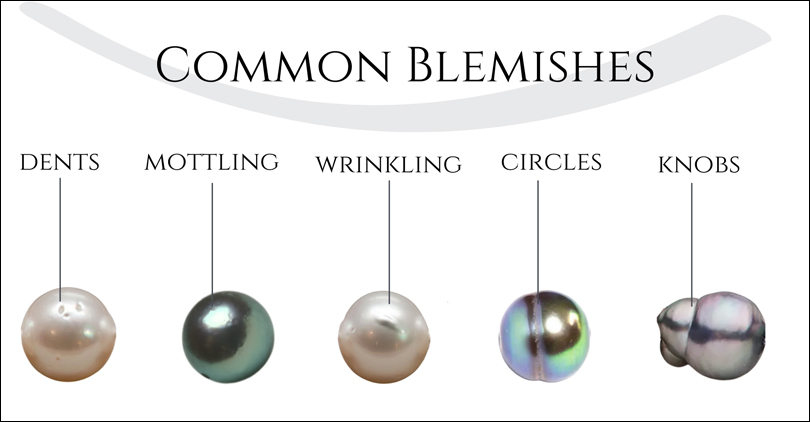
While grading clean, smooth, or flawless pearls, surface quality plays a vital role in a degree of perfection level with inclusions. If the pearl includes abrasions, spots, bumps, or wrinkles, these imperfections may lead to cracks and lower the value.
In addition, inclusion type, size, location, or visibility play an essential role in the pearl’s grading and durability. Hence, pearls with no or fewer blemishes are most desirable for any jewelry and pose the highest value in the market.
Pearl Size
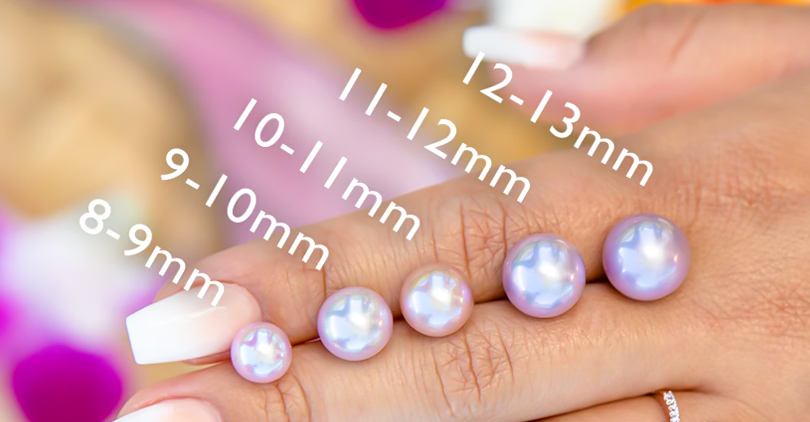
Pearl size depends on an oyster genus, nacre layering, and cultivation period, which takes years to cultivate the rarest ones. Large pearls are the most expensive as these pieces are sporadic and infrequent in natural or artificial farm cultivation.
Whether saltwater or freshwater pearls, size impacts the price range, increasing the cost exponentially even with a mm of size up. Also, the cultivation cost increases with more giant pearls, raising the value a few times than regular ones.
Pearl Shape
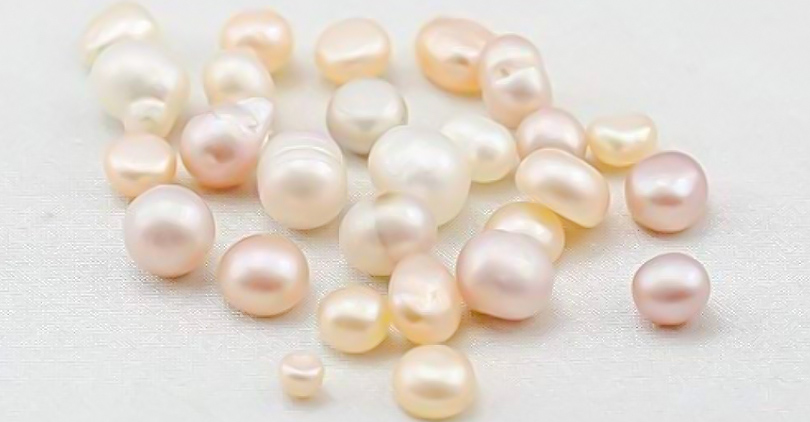
Various pearl shapes directly impact pearl grading, including round, semi-round, circular, oval, drop, or baroque. Only 1-2% of cultivated pearls are round, while 40 to 70% are irregular baroque, like coins, twins, hearts, or Keshi.
Due to their rarity and symmetrical shapes, round or semi-round pearls are most pleasing to the eye. However, various shapes create space for infusing art into accessories and creating eye-catching pieces for casual to formal wear.
Overtone Strength
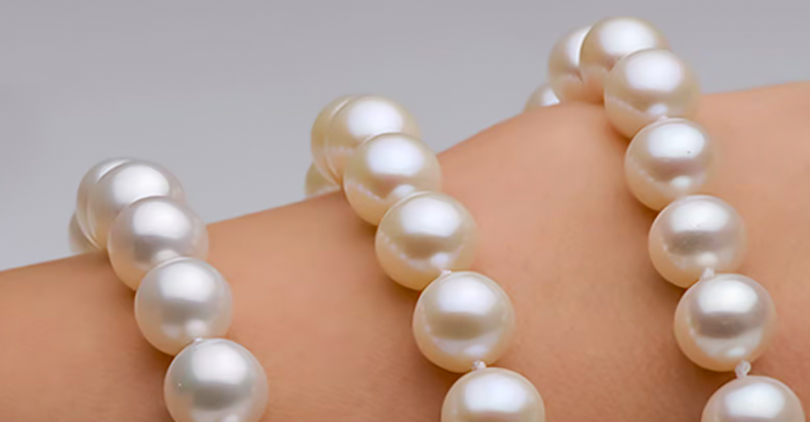
Pearl overtone adopts the vibe of skin tone to create a steering effect while wearing a colorful pearl accessory. Based on Interweave, the translucent colors offer a striking contrast with a sparkling shine that varies on a grading scale.
Few overtones, like rose, silver, and cream, are rarer and more desirable in the jewelry market, which raises the price tag. In short, the desired tone reflects personal taste and matches the skin to give a subtle glow.
Pearl Matching

During pearl matching, all the pearls in a strand must be uniform and consistent in size, shape, color, luster, or surface quality. Finding a uniform and consistent pearl strand for making jewelry is challenging due to various colors, sizes, and shapes.
If you’re making a multicolor stand, only the color and overtone are mixable, while the other factors need to be uniform to create a beautiful piece.
How Pearl Grading Systems Work On Vendors?
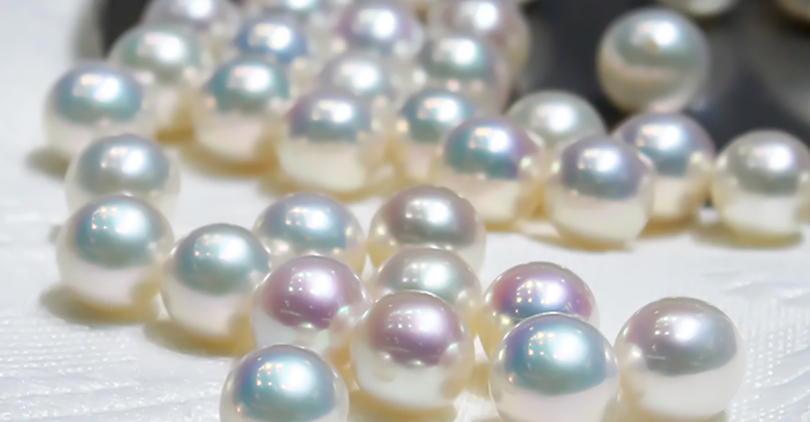
Though vendors use various grading systems to calculate a pearl's exact value, a basic grading system of seven factors is standard to determine quality. With a set percentage of grading factors, the A-AAA system procures the best pearls for necklaces, pendants, earrings, or bracelets.
According to GIA, value factors bridge the value and quality test gap between buyers and sellers with the basic grading system. Even the meticulous pearl master produces uniform and consistent pearl strands to give you a piece of beautiful jewelry.
Warp Up
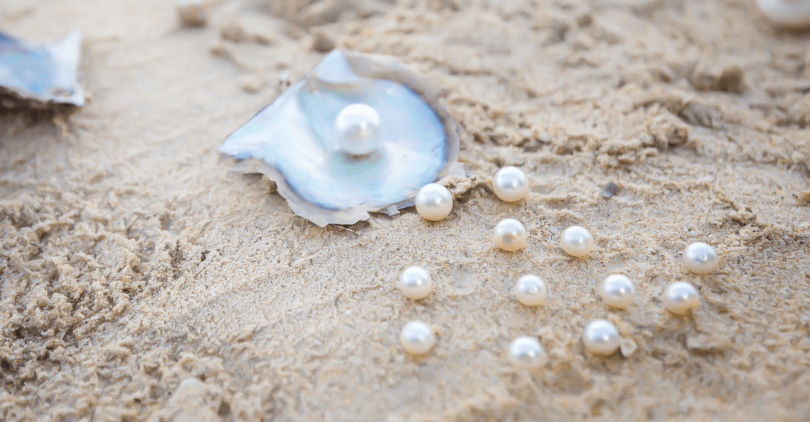
Various pearl grading factors significantly affect the price and rarity of your pearl jewelry. Nacre quality controls beauty and grading scale, whereas pearl surface is vital in determining perfection level.
Grading systems evaluate pearls using different factors and determine their exact market value. So, visit White Victoria to pick perfectly matched pearl jewelry and elevate your lovely outfit.


Leave a Comment